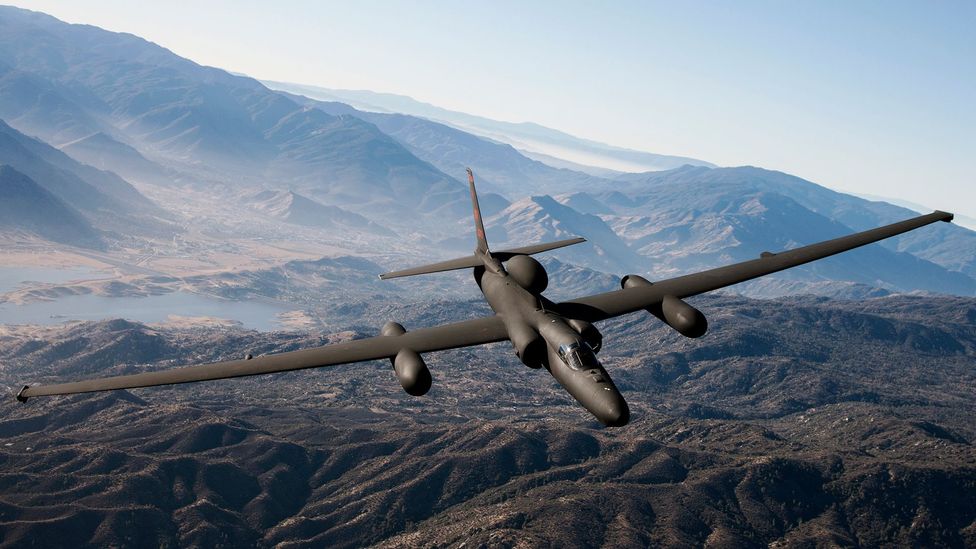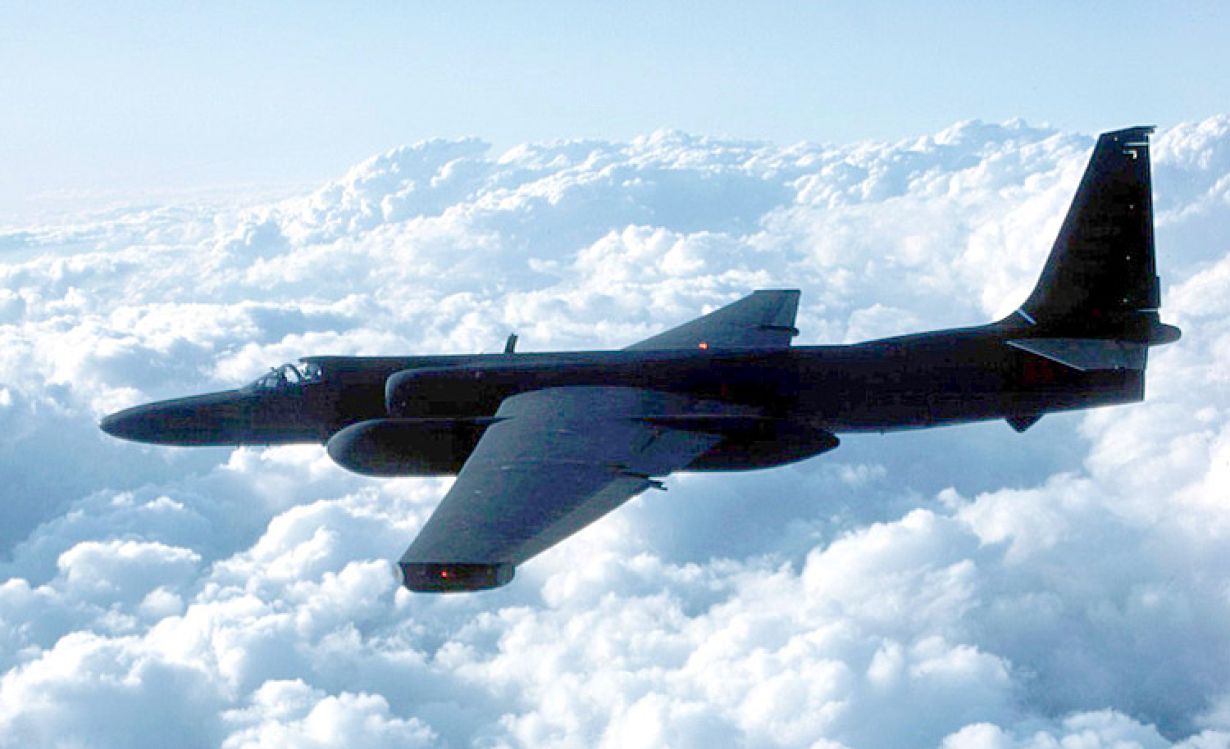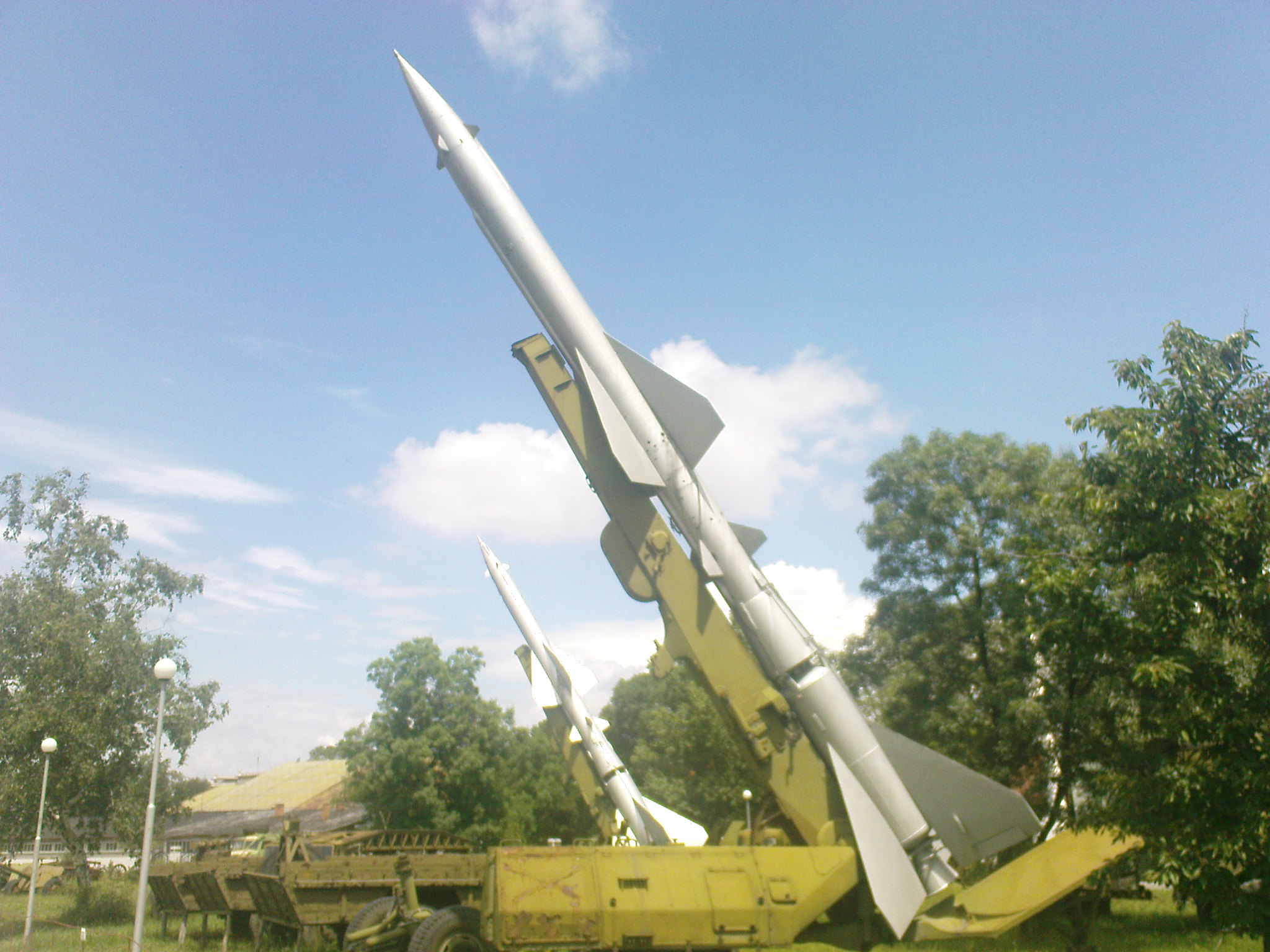The US Air Force’s (USAF’s) U2S ‘Dragon Lady’ high altitude reconnaissance aircraft were reportedly used to monitor and gather intelligence on the Chinese surveillance balloon that a USAF F-22 Raptor shot down on February 4.
A US defense official has reportedly confirmed that the U-2S was used as part of the broader response to the Chinese surveillance balloon. However, at what points along the balloon’s more than a week-long voyage through the US and Canadian airspace, the U-2s were deployed is not exactly clear.
According to the US Defense Department, the balloon first entered the US airspace over the Aleutian Islands on January 28. Two days later, it passed into Canadian airspace before returning to the US over northern Idaho on January 31.
The balloon then moved along a broadly southeasterly track across the contiguous United States before moving out over the Atlantic off South Caroline, where the Raptor finally brought it down.
As per reports, at least two U-2Ss were employed by the USAF for assistance in monitoring the balloon while it was overflying the Midwest. The U-2Ss in question reportedly used the callsigns Dragon 01 and Dragon 99.
Also, at least one U-2S was in contact at times with the USAF’s Eastern Air Defense Sector (EADS), also referred to by the callsign Huntress, which is part of the US-Canadian North American Aerospace Defense Command (NORAD) and is responsible for protecting the airspace over roughly the eastern half of the contiguous United States.
It is not sure what role the U-2Ss may have played in monitoring the balloon. However, the Dragon Lady is known to have been equipped with a wide array of sensors that could be used to gather high-quality visuals of the balloon and detect any electronic emissions that may be coming from it.
More importantly, the U-2 is known to be the only US military aircraft capable of flying persistently at altitudes exceeding that of the Chinese balloon, which is said to have been flying roughly between 60,000 and 70,000 feet throughout its voyage across the US and Canada.
The U-2 ‘Dragon Lady’ is one of the few aircraft types that have served the USAF for more than 50 years, including the Boeing B-52 strategic bomber, Boeing KC-135 tanker, and the Lockheed C-130 and C-5 transport aircraft.

Therefore, U-2 is one of those iconic American aircraft that have had a very eventful history going back to the Cold War era, not much different from the legendary B-52 bomber, which has been a bastion of the USAF’s bomber fleet for nearly 70 years and will continue to remain for decades to come, as the service does not plan on retiring the bomber anytime soon.
This entire Chinese balloon saga has brought back the memories of the U-2 crisis of 1960, which provoked a tense confrontation between the US and the Soviet Union (USSR).
The U-2 Crisis Of 1960
The US had flown U-2 spy planes over Soviet Territory since the mid-1950s. While both sides knew it was happening, the Americans would fly into the Soviet airspace with impunity, encouraged by the U-2’s ability to cruise at an altitude of 70,000 feet, which for years remained beyond the reach of the Soviet air defense systems and fighter jets.
Interestingly, before the U-2s, even the US used to send ‘espionage balloons’ over the Soviet Union, according to Michael Beschloss, the author of the book, ‘Mayday: Eisenhower, Khrushchev, and the U-2 Affair,’ published in 1986.
“They did this to detect any danger of an imminent Soviet surprise attack and to assess the size of the Soviet military complex so that Truman and Eisenhower could gauge how much they needed to spend on defense,” said Beschloss.
He added that then US President Dwight D Eisenhower believed that such spying missions served the peace by averting an unnecessary arms race that could spiral into war.
In 1956, the US Central Intelligence Agency (CIA) began sending U-2 planes over Soviet territory, relying on the flawed assessments that the Soviet radars could not detect the U-2 at 70,000 feet.

The agency even assured Eisenhower that the plane could not be detected. However, the former President realized that the flights could be seen as an act of war and insisted that he would personally approve every single overflight.
The Soviet radars were detecting the flights, and the Soviet air force would scramble its MiG-15s and MiG-17s, which could be seen in U-2’s photographs, attempting and failing to intercept the spy plane.
The CIA also developed a cover story for the U-2 after securing approval from the National Advisory Committee for Aeronautics (NACA) director Hugh Dryden. It described the aircraft as a high-altitude weather research platform used by the NACA, just in case a U-2 was ever lost over hostile territory.
There was reportedly some opposition to this cover story from certain advisors who suggested that in case of an aircraft loss, the US must acknowledge its use of U-2 overflights “to guard against surprise attack.”
This advice was not followed. The US had to face massive public embarrassment after the U-2 flown by CIA civilian pilot Francis Gary Powers was shot down by the Soviet S-75 ‘Dvina’ air-defense system on May 1, 1960.

The Americans soon realized that the plane had not returned to a base in Norway and assumed it had crashed. Based on a strong and flawed belief that a U-2 pilot cannot survive a crash, they put out a ‘cover’ statement that a weather plane had gone missing during a flight over Turkey.
Meanwhile, the Soviets who had captured Powers alive remained silent and lured the Americans into reinforcing their cover story. Finally, on May 7, they revealed that Powers was alive and confessed to spying on the Soviet Union, thereby exposing the American lie!

Also, the incident occurred only two weeks before Eisenhower and Khrushchev were due to meet at the Paris summit on May 16, an event organized after two years of diplomatic efforts from the American and Soviet diplomats.
Eisenhower took responsibility for the incident on May 11 and suspended further flights. Both men still attended the summit. However, Khrushchev demanded an apology from Eisenhower which Eisenhower refused, and the whole thing was called off.
The Chinese Balloon Episode Repeats History
One of the similarities between the U-2 incident and the latest Chinese balloon incident is the insistence of the Chinese government that the balloon was just a weather craft, which will now be under investigation.
Both incidents have demonstrated that such unexpected events have a great potential to destroy years of diplomatic efforts.
Eisenhower had ordered U-2 flights to be halted well ahead of the Paris meeting, but after bad weather pushed forward the mission before the meeting, then CIA director Richard Bissell persuaded the US President to authorize a final flight on May 1.
The incident forced Eisenhower to acknowledge that he had been authorizing intelligence gathering overflights over the Soviet Union “to protect the United States…. against surprise attack and to enable them (his administration) to make effective preparations for defense.” Such measures were “a distasteful but vital necessity,” he admitted while adding that if the Soviets did not like it, then they should end their own “fetish of secrecy and concealment.”
The shoot-down of the U-2 plane finished Eisenhower’s hopes of achieving a breakthrough in the Cold War. This unexpected incident dashed his plans to visit Moscow and all chances of easing tensions and perhaps even brokering an arms control treaty between the two nuclear powers.
“Thanks to the U-2,” Khrushchev said, “the honeymoon was over.”
In a similar vein, even now, a critical diplomatic mission has just ruptured, with US Secretary of State Antony J. Blinken postponing his trip to Beijing, which was expected to commence on February 3.
So, the outcome is quite similar: a high-stakes diplomatic meeting collapsed, and tensions between superpowers worsened!
The only difference between the U-2 crisis and the latest Chinese balloon incident is that the Chinese craft was unmanned, saving the Chinese the trouble of worrying over what to do about a captured pilot.
After capturing Powers, the Soviets convicted him of spying. They sentenced him to three years in prison and seven more years of hard labor before he was released in February 1962 in a spy swap between the US and Soviet Union, brokered by an American lawyer, James Donovan.
- Contact the author at tanmaykadam700@gmail.com
- Follow EurAsian Times on Google News




